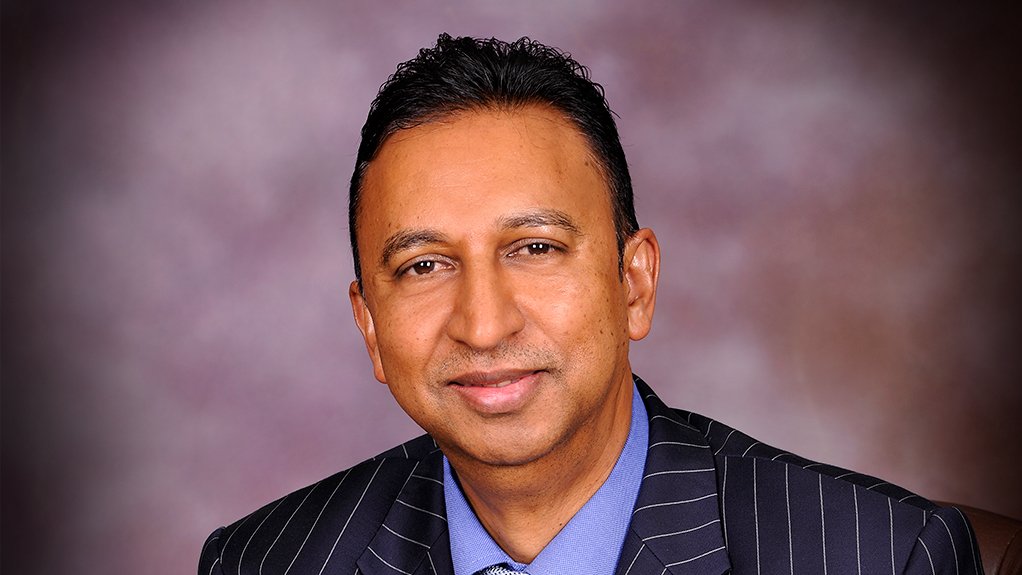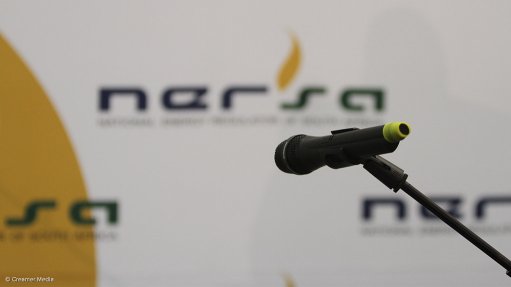Electricity veteran offers his A-to-Z guide for tackling load-shedding crisis
Ahead of President Cyril Ramaphosa’s much-anticipated announcement of a comprehensive plan for tackling load-shedding, electricity industry veteran Vally Padayachee has drafted an ‘A-to-Z’ guideline for addressing the crisis over the coming two years.
Padayachee, who has 40 years of energy experience and is currently strategic adviser to the Association of Municipal Electricity Utilities, has drafted the proposed interventions in his personal capacity.
The paper calls for urgent action to arrest what is described as a fast accelerating downward spiral precipitated by the poor performance of Eskom’s coal fleet, including the newly introduced coal capacity at Medupi and Kusile, and insufficient new generation from non-Eskom sources.
To address the crisis in the short term, which Padayachee defines as being a two-year period, the following 26, labelled from A-to-Z, recommendations have been made:
- A declaration, by Ramaphosa, of a power emergency so that all “red tape” in the way of Eskom and municipalities urgently accessing electrons from various sources is removed.
- The establishment of a power crisis or emergency committee, chaired by the President, which meets weekly over the period.
- Ensuring that the processes overseen by the National Energy Regulator of South Africa (Nersa) do not lead to delays, while also mandating Nersa to initiate actions that will accelerate the introduction of additional electrons to the grid.
- Empowering municipalities to access additional electrons, including by removing Electricity Regulation Act and Section 34 Ministerial determination constraints.
- Removing any licence-exemption threshold for distributed generation projects, which are currently limited to 100 MW in size.
- Creating incentives, including through possible tax breaks, to accelerate the uptake of low-carbon dispatchable technologies as well as self-dispatching renewable energy technologies.
- Focusing on independent power producers (IPPs) to accelerate the supply of electrons to the grid.
- Prioritising the restructuring of the electricity distribution industry, which the paper terms a ‘ticking time bomb’, in parallel to the restructuring of Eskom.
- Pursuing projects that will strengthen grid infrastructure owned by municipalities.
- Developing a national wheeling framework.
- Tackling, with the support of the security agencies, ongoing incidents of sabotage and corruption at Eskom.
- Ensuring strict adherence to the shareholder compact between government and Eskom.
- Ensuring that the deployment of former Eskom generation personnel is done in a way that does not result in resistance and is, instead, a two-way information and learning process.
- Reintroducing the ‘Eskom Sustainability Index’ as a performance management tool for all senior management, especially in the generation division.
- Paying close attention at Eskom generation to the long-term plant Indicators of overloading, turbo-generator vibration, start-ups, electrical stress, the chemical excursion index, the thermal excursion index, the trip index and tube metal temperature excursions.
- A focus by Eskom generation on condition-based reliability maintenance and shorter general overhauls, with a view to increasing the energy availability factor (EAF) from less than 60% to levels above 70% to stop the load-shedding, with priority given to the better performing power stations to take account of the insufficient maintenance “headroom”.
- Initiating, on a selective basis, the decommissioning of Eskom’s nine “limping” coal-fired power stations with a view to maximising the amount of electrons generated from these stations, while giving priority to the six best stations, which are believed to be Medupi, Kusile, Matimba, Kendal, Majuba and Lethabo.
- Starting the repowering of Eskom’s decommissioning coal stations, using various technology options.
- Commissioning a study to make procurement quick and honest particularly for general outages.
- Outsourcing, where appropriate, key Eskom plant maintenance such as pumps, mills, air heaters, precipitators and ash handling.
- Running power station units in line with their current capacity capability instead of pushing them to their nameplate limit.
- Returning to an original equipment manufacturer maintenance strategy, as well as a discipline of midlife refurbishments and securing acceptable coal quality to ensure a reliable minimum installed base to meet system requirements.
- Pursuing various demand response initiatives and especially accessing ‘behind-the-meter’ electrons from prosumers.
- Ensuring that the procurement process is functional and that the procurement function is fully supportive of the business.
- Ratcheting up the thermal efficiency of the Eskom fleet from current levels to as close as possible to 32%.
- And reinstating the use of simulators and their instructors for plant operators and supervisors.
Padayachee believes the crisis has reached a point whereby a ‘carpe electron’ (seize the electron) rallying of business, community, government and organised labour behind the common goals of arresting Eskom’s downward spiral and stopping the load-shedding.
He is not alone in making a call for the declaration of an emergency, with the National Planning Commission having done likewise, together with various other commentators and industry experts.
In addition, Cape Town Mayor Geordin Hill-Lewis has published a 10-point plan for ending load-shedding, which also emphasises the need to lift red tape, for tax incentives and for easing the constraints on municipalities to enable them to procure electricity form IPPs.
Hill-Lewis has also called for the conversion of Eskom’s diesel-fuelled Ankerlig plant in Atlantis, Cape Town, to natural gas and to run the plant on a mid-merit basis, with dynamic output adjusted according to fluctuations in demand.
Article Enquiry
Email Article
Save Article
Feedback
To advertise email advertising@creamermedia.co.za or click here
Comments
Announcements
What's On
Subscribe to improve your user experience...
Option 1 (equivalent of R125 a month):
Receive a weekly copy of Creamer Media's Engineering News & Mining Weekly magazine
(print copy for those in South Africa and e-magazine for those outside of South Africa)
Receive daily email newsletters
Access to full search results
Access archive of magazine back copies
Access to Projects in Progress
Access to ONE Research Report of your choice in PDF format
Option 2 (equivalent of R375 a month):
All benefits from Option 1
PLUS
Access to Creamer Media's Research Channel Africa for ALL Research Reports, in PDF format, on various industrial and mining sectors
including Electricity; Water; Energy Transition; Hydrogen; Roads, Rail and Ports; Coal; Gold; Platinum; Battery Metals; etc.
Already a subscriber?
Forgotten your password?
Receive weekly copy of Creamer Media's Engineering News & Mining Weekly magazine (print copy for those in South Africa and e-magazine for those outside of South Africa)
➕
Recieve daily email newsletters
➕
Access to full search results
➕
Access archive of magazine back copies
➕
Access to Projects in Progress
➕
Access to ONE Research Report of your choice in PDF format
RESEARCH CHANNEL AFRICA
R4500 (equivalent of R375 a month)
SUBSCRIBEAll benefits from Option 1
➕
Access to Creamer Media's Research Channel Africa for ALL Research Reports on various industrial and mining sectors, in PDF format, including on:
Electricity
➕
Water
➕
Energy Transition
➕
Hydrogen
➕
Roads, Rail and Ports
➕
Coal
➕
Gold
➕
Platinum
➕
Battery Metals
➕
etc.
Receive all benefits from Option 1 or Option 2 delivered to numerous people at your company
➕
Multiple User names and Passwords for simultaneous log-ins
➕
Intranet integration access to all in your organisation





















